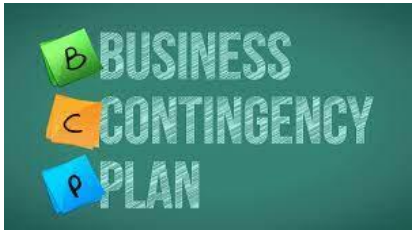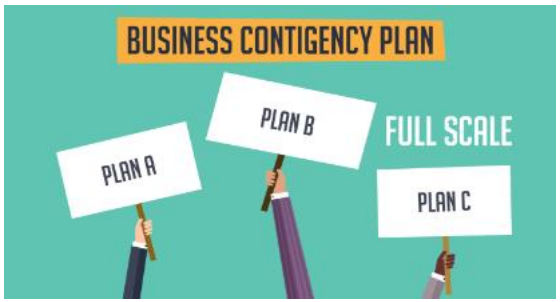
- A Business Contingency Plan is a course of action that your organization would take if an unexpected event or situation occurs.
- Sometimes a contingency can be positive—such as a surprise influx of money— but most often, the term refers to an adverse event that affects an organization’s reputation, financial health, or ability to stay in business.
- Examples of adverse events include fire, flood, data breach, and a major IT network failure.

